Basil Godfrey Quin MC
Basil Quin was another of the Regiment’s reluctant heroes. He was born in Newcastle in 1891 and home schooled by his parents until, at the age of 16, he attended Newcastle Royal Grammar School, where he was a keen scholar and prefect. In addition, he also contributed to their magazine with articles on astronomy and chess, was a member of the 1st XV for rugby and their 1st XI for cricket.
In 1910 he won a scholarship to read maths at Armstrong College Newcastle, back then a college of Durham University, but what we now know as Newcastle University, and after the award of his degree in 1913 he undertook a further year of postgraduate studies in Newcastle.
Quin’s association with Cambridge started in 1914 when he came up, elected to a Fellowship at St. John’s College, again to study maths. By coincidence, and unbeknown to Basil at the time, his great uncle, Henry Wilkinson Cookson, was also a University man, and had been Master of Peterhouse, and Vice Chancellor of the University during the 19th century. As with many of Quin’s contemporaries, when he volunteered in July 1915, war service cut short his auspicious academic pursuits, but not before he had achieved a first in part I of the Mathematical Tripos (to those outside Cambridge this means he completed only the first year of three but that he got top marks), he commissioned into the Army and no doubt given that he was in Cambridge at the time, and perhaps prompted by others doing the same, opted to join the Cambridgeshire Regiment. He joined the 2/1st Battalion on July 2, 1915, and was promoted to Temporary Lieutenant in October 1916.
Quin joined the 1/1st Battalion on the Western Front in Ypres on July 11, 1917, shortly before the Battle of St Julien on July 31, was promoted to Lieutenant on August 29, and was awarded the Military Cross for his gallantry during the battle at Tower Hamlets Ridge which took place on September 26, 1917. The citation in the London Gazette was published in April of 1918:
For conspicuous gallantry and devotion to duty. He carried a report over a fire swept zone to battalion headquarters and returned to his company through an intense hostile barrage. Later, he twice went to the battalion on his right, under a heavy bombardment, to ascertain the situation. By his example he inspired all ranks with confidence.
It is interesting to note, looking at this citation, that during the Battle of St Julien on July 31, a great deal of problems, and casualties, were caused when the units either side of the Cambridgeshires either retreated, were held up or were pushed back leaving the Cambridgshire’s flanks dangerously exposed. That battle would probably have been Quin’s first experience of a full scale attack and whether it was his own initiative based on this experience, or orders from commanders eight weeks later at Tower Hamlets, his actions would almost certainly have prevented a similar situation occurring.
The ribbon of the MC was presented to Quin by the General Officer Commanding 39 Division, General Feetham, at a ceremony in the field on December 18, 1917 but it is unsurprising to learn from Quin’s family that he modestly opted to receive his MC through the post rather than at an investiture and also unsurprising to see a recent photograph of his medals, unworn and still in their boxes of issue.
When the War finished the majority of men were quickly demobilised but Quin was kept on, attached to various units serving in the Mediterranean Theatre until 1920, when he was finally transferred to the reserve list. After leaving the Army he became the Mathematics Master at Rutherford College for Boys, in Newcastle, and three years later became the Senior Mathematics Master, a post which he was to hold until his retirement aged sixty, in 1951.
As well as teaching maths Quin was also an author. In 1929 Hutchinson of London published Quin’s first book: The Death Box, a work of fiction, which follows the exploits of a private detective and his friend as they solve a rather unusual series of crimes, robberies and deaths. Written in the first person narrative from the viewpoint of one of the two central characters the role of reluctant hero again comes to the fore. As with Conan Doyle’s Sherlock Holmes the flamboyant and masterful central character, Clarkson-Parry, is supported by a modest, almost diffident but trustworthy and self-deprecating companion, Charles Harvey, who is also the narrator. Both are “old soldiers” with Clarkson-Parry having been Harvey’s company commander during the War, and a recipient of the Victoria Cross, and Harvey having been one of his subalterns. There are five novels in all and although Clarkson-Parry is undoubtedly the hero, the quiet Harvey plays a nonetheless vital role in proceedings being all the while solid and completely reliable.
The novels are set in a fictional town called Novocaster, said to be Quin’s home town of Newcastle, and although there are no mentions of the Cambridgeshire Regiment directly there are, throughout the novels, numerous references to the First World War and it seems clear that Harvey, and thus Quin, looked fondly upon some aspects of war time service from his quiet post war civilian life. In The Death Box he describes the moment of his meeting Clakson-Parry after a period of nine years:
He had been my company commander during the whole of the time in which I had been engaged on active service in France. I could remember, as though it were yesterday, the morning when I, a raw subaltern straight out from England, feeling more like a new boy at school than an officer in the army, reported to him for duty in the reserve line on the old Canal Bank … I can honestly say that I never had a better time in my life than the spell which passed under his leadership
Later in the story it becomes necessary for Clarkson-Parry and Harvey to recover a kidnap victim from a house by force, at night, and the comparison made by Harvey of the approach in the moonlight to the house to that of patrolling in No Man’s Land toward the enemy lines is compelling. Harvey is not afraid of the likelihood of violence and danger, but more of letting his friend down, which is a feeling shared by soldiers from all conflicts. And when that violence comes Harvey is not averse to getting stuck in, despite his apparent diffidence. In the second novel: Mystery of the Black Gate, Harvey is left on guard alone, at night, in a darkened unfamiliar house where a covert visit from the murderer is anticipated. He is armed with his service revolver and meets the intruder head on, such as Quin undoubtedly did with the enemy during his time on the Western Front; engaging him at close quarters getting off several rounds before the intruder escapes down a secret tunnel which is discovered as a result of this confrontation. The parallels with trench warfare are obvious. Also shared hardship, camaraderie, the quest for common good and a sense of purpose coupled with a small amount of excitement and danger come through in the novels and give the reader a real sense that Harvey is proud of his war service and it gives him confidence, but he occasionally misses some aspects of it. This is a fairly common theme reported by men during the 1920s and is especially prevalent in the autobiographies of other gallantry medal winners. Discussions with Quin’s family suggest that Clarkson-Parry was the man he wanted to be but that Harvey was the man he felt he was. As Harvey is reliable, brave, sensible, and modest there are many who would have thought Harvey was perhaps the better role model.
Disappointingly for the reader, the run of Clarkson-Parry novels only ran to five and were published during the years 1929-1932, with a later 1932 reprint of The Death Box and some overseas editions. Critics of detective fiction may suggest the stories were fantastical and unrealistic, but arguably no more so than those written by Conan Doyle, they are just less familiar to us, and are very much of their time.
Quin married Ida Ritson, who was also a teacher, in Newcastle in 1938 and they had two daughters born in 1939 and 1944.
As a school teacher Quin was in a Reserved Occupation when war broke out in 1939, and it is understood that his headmaster refused to release him for full-time service back with his old regiment. At 48, he would have been extremely unlikely to serve overseas, but was denied the opportunity nonetheless. With both battalions of the Cambridgeshires being captured at Singapore and suffering over three years in captivity in appalling conditions, this was undoubtedly a blessing in disguise. The school was evacuated to Carlisle and he became a Fire Watcher spending his nights on lookout duty returning to Whitley Bay in 1943 when the worst of the bombing was over. Throughout the war years Quin was regarded by his eldest daughter as resourceful and inventive making toys such as rocking horses, desks, doll’s furniture and a model theatre.
On retirement from teaching in 1951 Quin ran a small printing business from his home for some 15 years until his death, from cancer, in June 1968, aged 77. After his death he gave his body to medical research and was later buried in a section of Newcastle Cemetery reserved by the University Medical School.
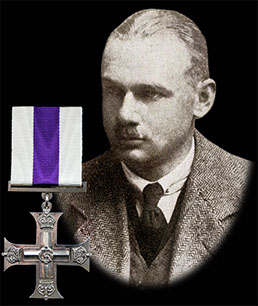
Basil Quin MC in 1915.
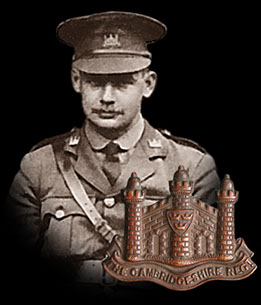
2nd Lt Quin while serving in the 4/1st Bn.
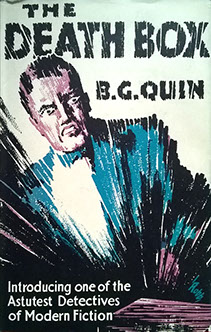
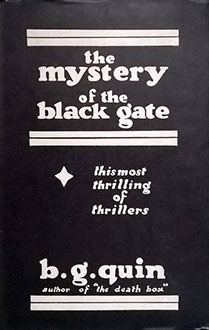
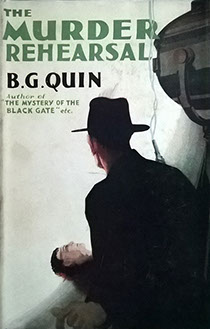
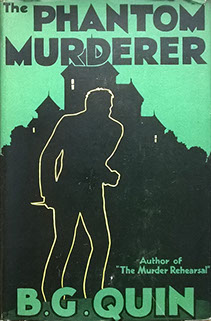

This site went live on the 14th February 2015 to mark 100 years since the 1/1st Cambs went off to war.
WE WILL REMEMBER THEM
Email us: cambsregt@gmail.com
Copyright 2015, 2016, 2017, 2018, 2019 by Felix Jackson. The information and images on this site should not be reproduced without prior permission.